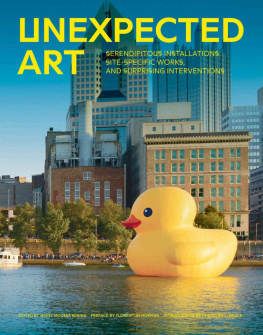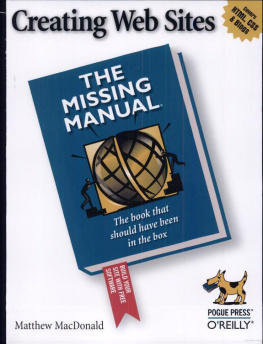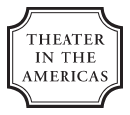Bertie Ferdman - Off Sites: Contemporary Performance beyond Site-Specific
Here you can read online Bertie Ferdman - Off Sites: Contemporary Performance beyond Site-Specific full text of the book (entire story) in english for free. Download pdf and epub, get meaning, cover and reviews about this ebook. year: 2018, publisher: Southern Illinois University Press, genre: Romance novel. Description of the work, (preface) as well as reviews are available. Best literature library LitArk.com created for fans of good reading and offers a wide selection of genres:
Romance novel
Science fiction
Adventure
Detective
Science
History
Home and family
Prose
Art
Politics
Computer
Non-fiction
Religion
Business
Children
Humor
Choose a favorite category and find really read worthwhile books. Enjoy immersion in the world of imagination, feel the emotions of the characters or learn something new for yourself, make an fascinating discovery.
- Book:Off Sites: Contemporary Performance beyond Site-Specific
- Author:
- Publisher:Southern Illinois University Press
- Genre:
- Year:2018
- Rating:5 / 5
- Favourites:Add to favourites
- Your mark:
Off Sites: Contemporary Performance beyond Site-Specific: summary, description and annotation
We offer to read an annotation, description, summary or preface (depends on what the author of the book "Off Sites: Contemporary Performance beyond Site-Specific" wrote himself). If you haven't found the necessary information about the book — write in the comments, we will try to find it.
Contextualizing the techniques and methods of the incredibly rich and vital genre of site-specific performance, author Bertie Ferdman traces the evolution of that term. Originally used for experimental staging practices and then later also for engaged situational events, site-specific is no longer sufficient for the genres many contemporary variations.
Using the term off-site, Ferdman illustrates five distinct ways artists have challenged the disciplinary framework of site-specific theatre: blurring the traditional boundaries between the fictional and the real; changing how the audience and actor interact with each other and whether they are physically together or apart; fabricating sites from physically bound, conceptually constructed, or virtual spaces; staging live situations in real/nonreal and often mediated encounters; and challenging our preconceived notions of time and space. Tracing the genealogy of site-based work through the twentieth and twenty-first centuries, Ferdman outlines the theoretical groundwork for her study in the introduction. Individual chapters focus on distinct types of off-sitesthe interdisciplinary discourse of disciplinary sites; the spaces of audience engagement with spectator sites; the dislocation of time for temporal sites; and the historiographical spaces of mapping for urban sites.
Ferdman examines site-based work being done in the Americas by contemporary companies and artists experimenting with new forms and practices for site-driven theatre. Key productions discussed include Private Moment by David Levine, Geyser Land by Mary Ellen Strom and Ann Carlson, Jim Findlays Dream of the Red Chamber, and Lola Arias Mi Vida Despus.
Bertie Ferdman: author's other books
Who wrote Off Sites: Contemporary Performance beyond Site-Specific? Find out the surname, the name of the author of the book and a list of all author's works by series.


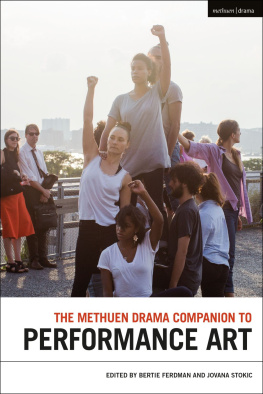

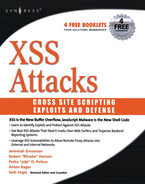
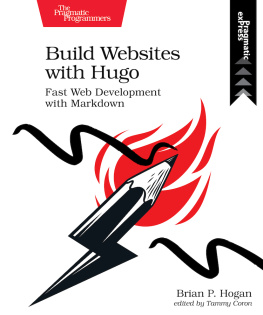
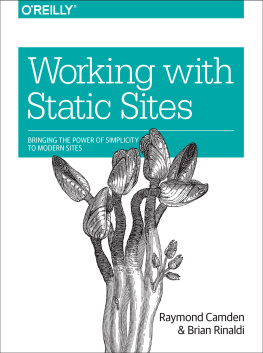
![Souders - Even faster web sites: [performance best practices for web developers]](/uploads/posts/book/137083/thumbs/souders-even-faster-web-sites-performance-best.jpg)
